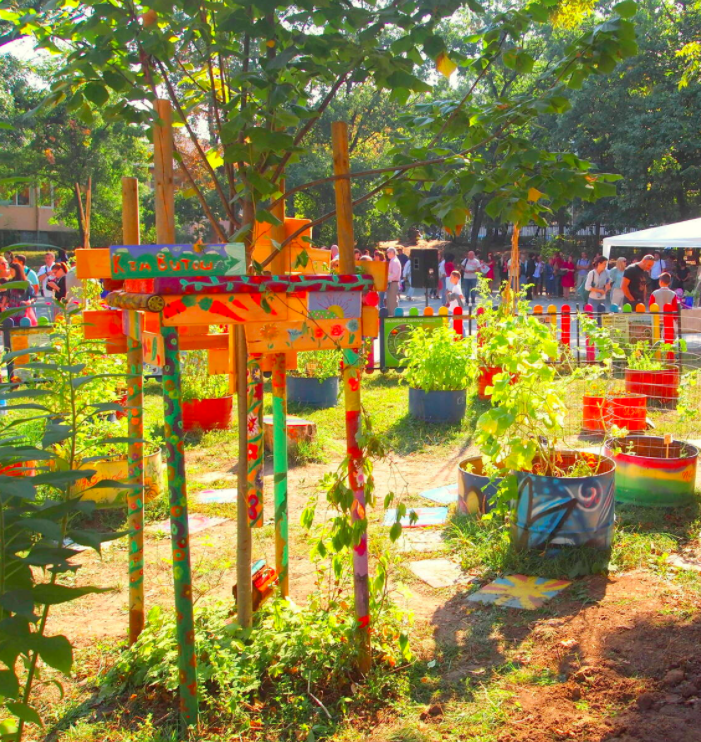Béatrice Bechet

Nantes
Béatrice Bechet
Scientific Partner - Nantes Nord Institut de Recherche en Sciences et Techniques de la Ville (CNRS)
IRSTV is a join unit of the CNRS (FR CNRS 2488) funded by CNRS (French National Centre for Scientific Research) and the Ministry of Research. IRSTV is located in Nantes (France) at the Centrale Nantes (French Engineering school). Around 100 members are involved in the research federation with 20 laboratories located in the West of France (from Le Mans to La Rochelle), among others IFSTTAR (Nantes), University of Nantes, AgroCampus Ouest (Angers). IRSTV aims at contributing to a greener urban environment, improving energy and risk management, environment comfort and safety for the city dweller, and more generally, the sustainable development in cities. IRSTV leads an interdisciplinary research in the field of urban environment. Its research program more specifically concerns the development of knowledge, models, tools and methodologies for the management, the design, the decisionmaking and the evaluation of city planning policies. IRSTV has developed interdisciplinary skills in engineering sciences (acoustics, thermal, aerodynamic, building physics, civil engineering), environmental sciences (hydrology, chemistry, soil sciences), communication and information sciences and techniques (CAD, GIS, virtual reality) and human and social sciences (architecture, urban planning, geography, sociology).
Publications
4.2: Healthy Corridor Concept - NANTES
Nantes Nord perimeter is the study area. This corresponds both to the diagnostic and evaluation scale. The intervention area focuses on a reduced area in the North of Nantes Nord, where are the priority districts (QPV), the social housing districts with concentration of difficulties. Located in the north-western part of the city, the “Nantes Nord” district is one of the 11 districts of Nantes municipality. It is itself subdivided in 9 micro-districts.
NBS Expertise
[Download PDF] Autochthonous Urban Forest
Urban woodland designed and managed according to ecological, aesthetic and economic principles. This NBS relies mostly on plant-based material, particularly on autochthonous vegetation. Plant species and habitat design should be chosen in accordance with local characteristics (climate, soil conditions, pollution levels, spatial needs and management capability). By using native vegetation its adaptation to the site is ensured, just like the performance in terms of water absorption and carbon fixation. Urban woodlands can help to raise social awareness towards ecological benefits of using autochthonous vegetation. At the same time, it contributes to sustainable development goals by promoting urban resilience to climate change and recreational opportunities.
[PDF Download] Renaturalization of Brownfields
Renaturalization of neglected and abandoned urban areas through green space development and conscious planting design, to restore important ecologic and social functions. In some remarkable sites they can be an important cultural manifesto: an opportunity to promote historical continuity between its past and the new layer of occupation. Promoting its character is an important step for a truthful relation with the site’s cultural identity, creating an opportunity to reflect on the damage inflicted by its previous occupation or, on the other hand, to celebrate the relevance of its past social and technological achievements. By recovering former abandoned spaces, this NBS creates opportunities for human use and wellbeing, while achieving ecological benefits such as treatment of polluted areas, habitat restoration and increase of local biodiversity.
For more information about NBS in the URBiNAT NBS Catalogue click HERE


